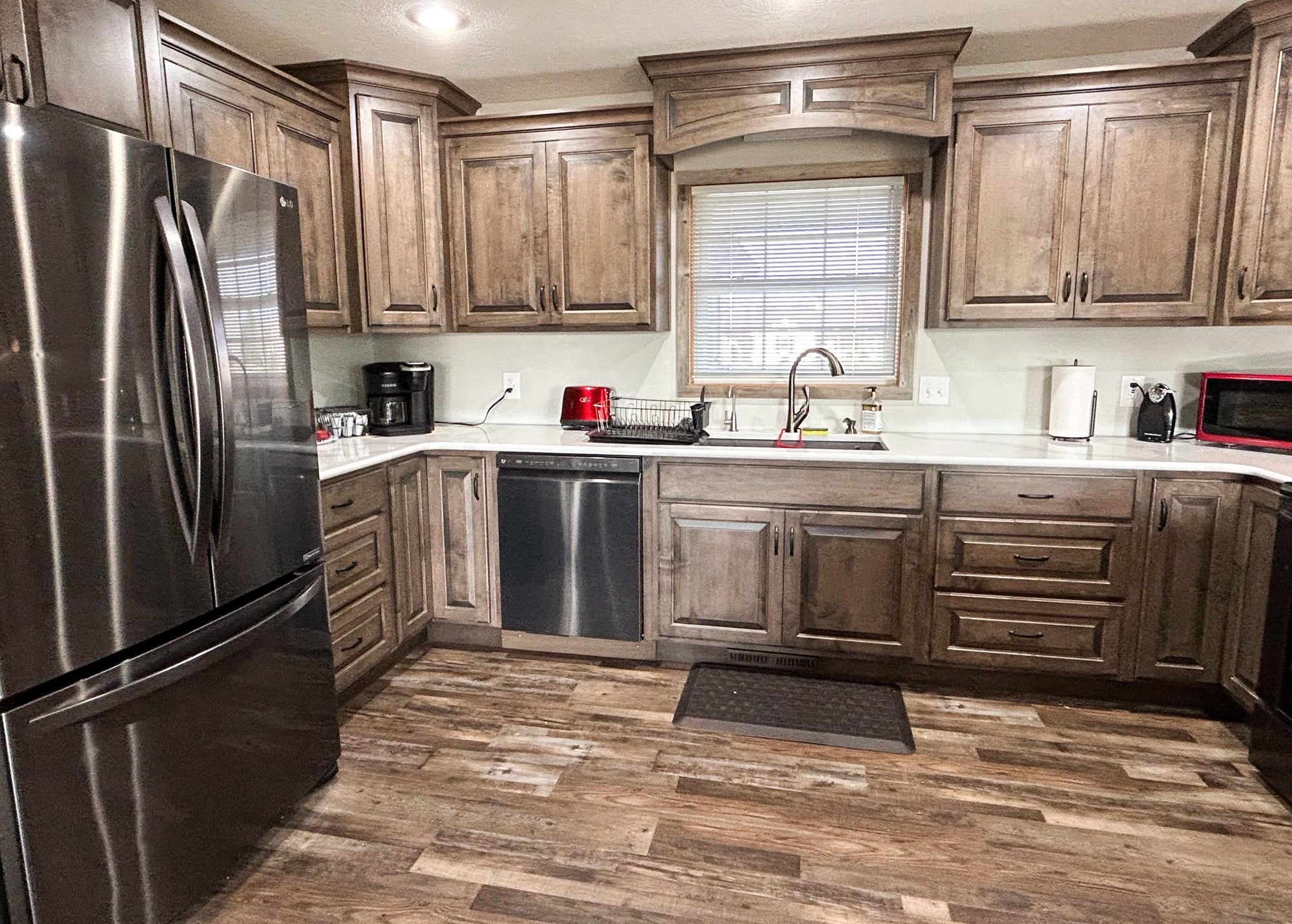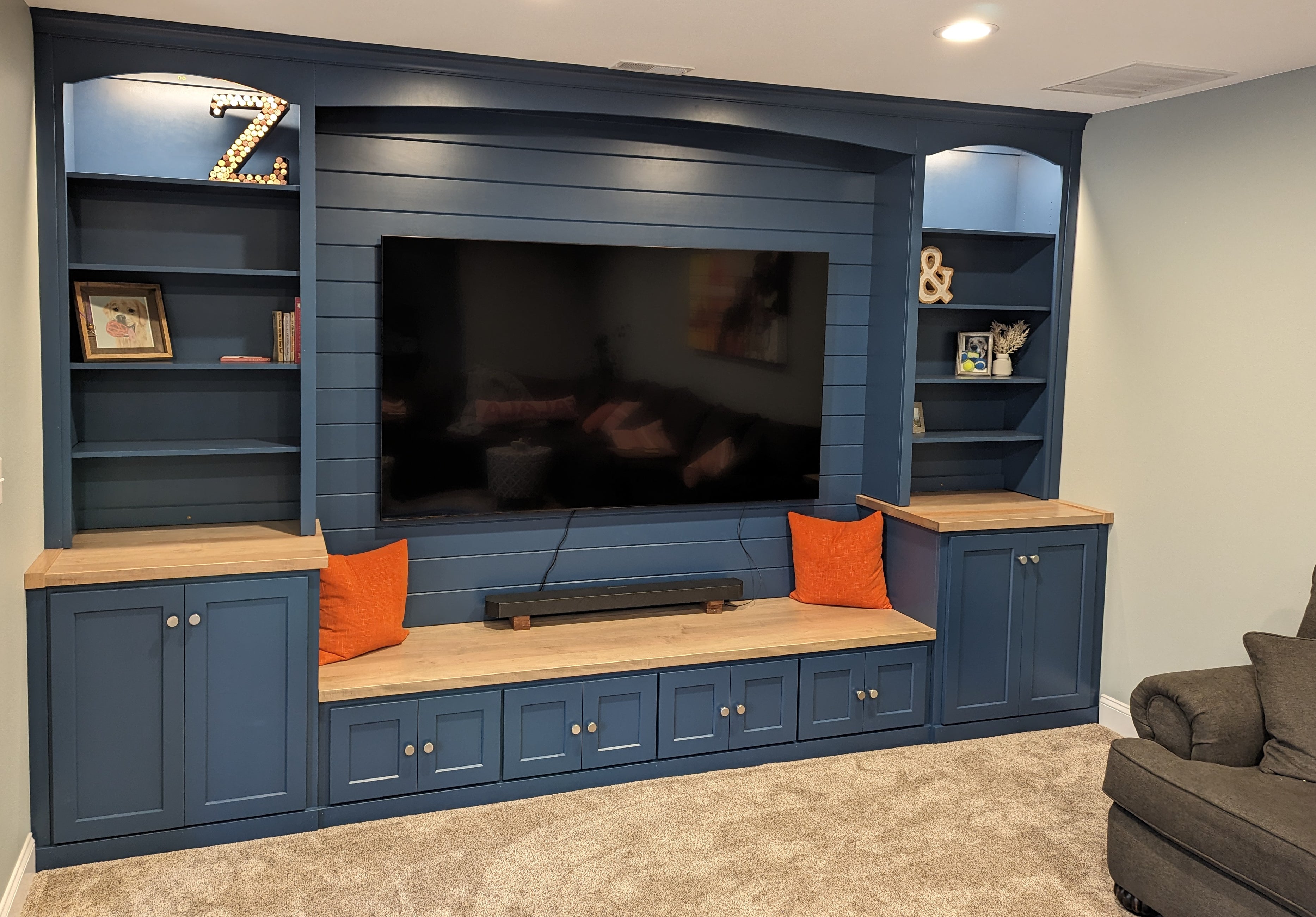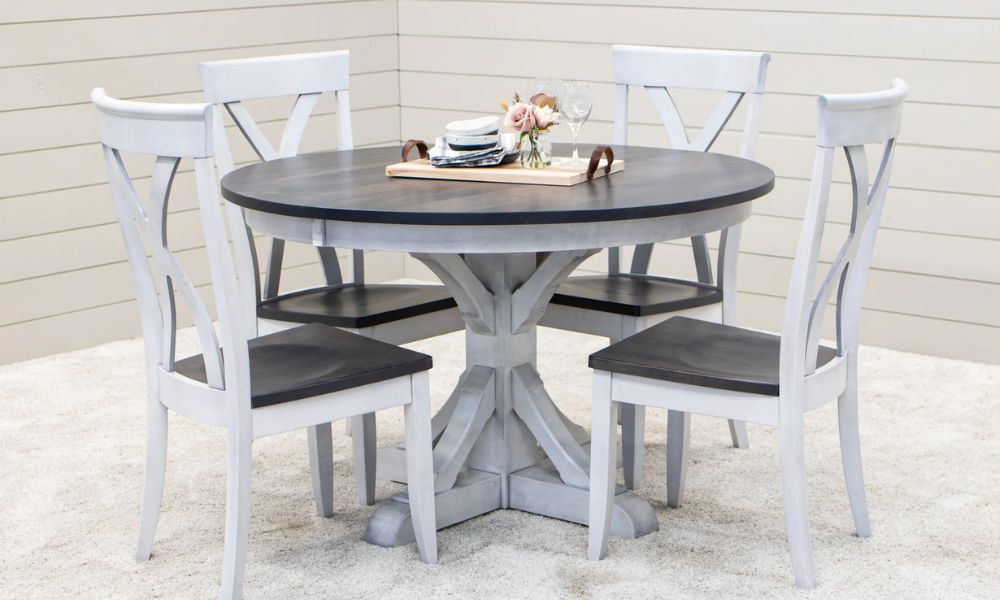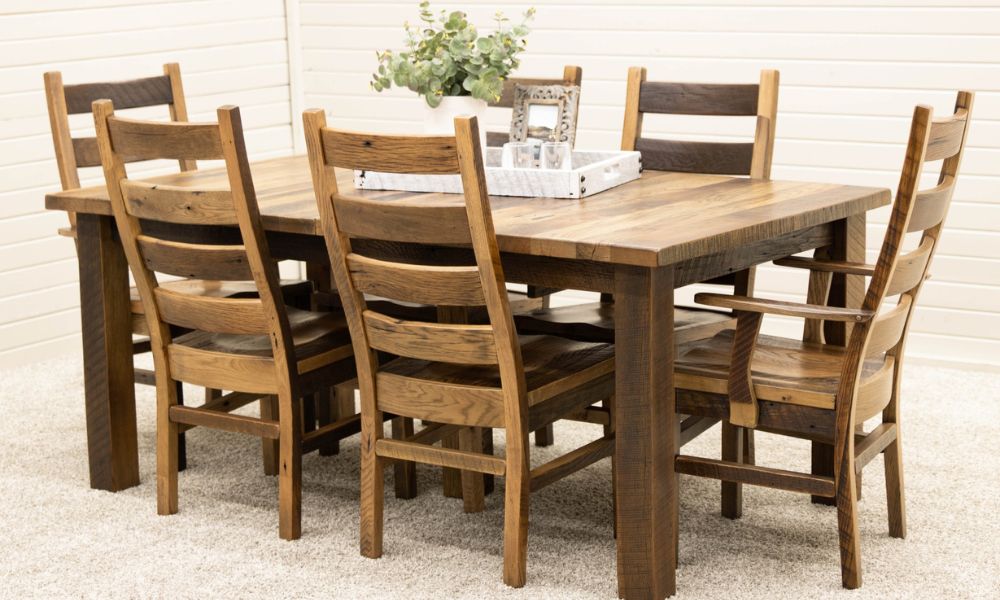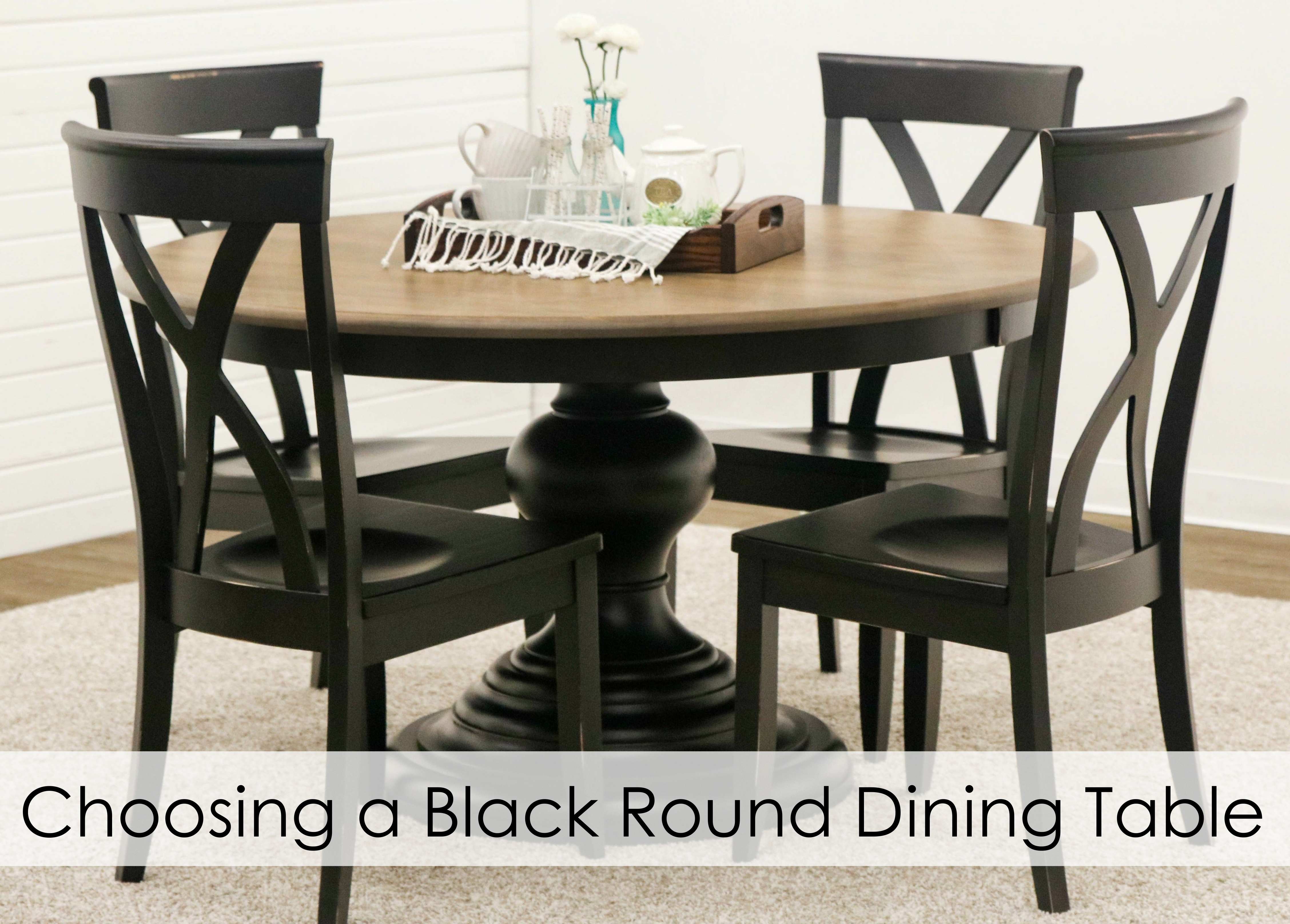4 Things To Consider When Choosing Your New Dining Table
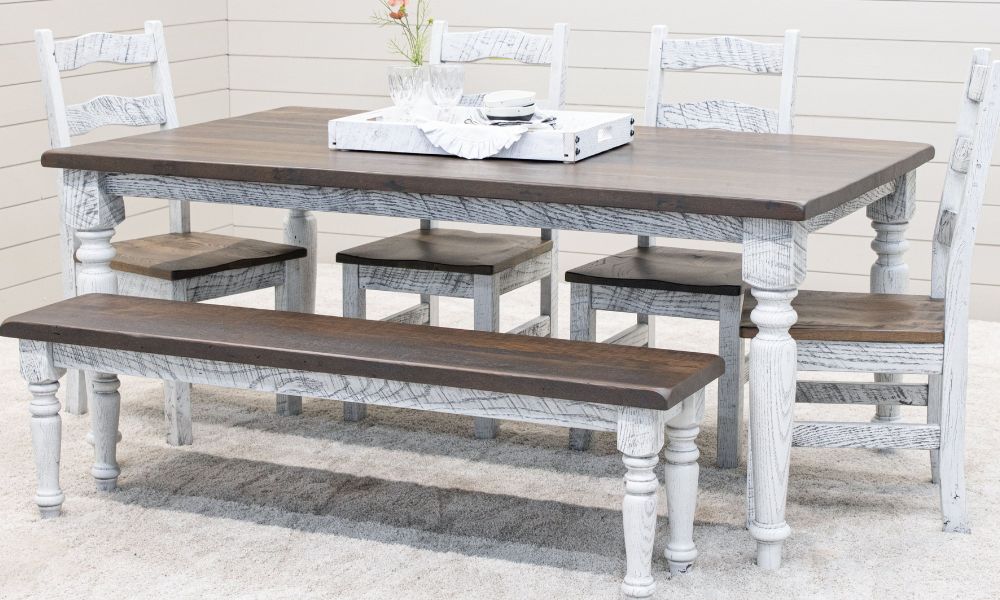
Dining tables go through a lot. They handle daily meals, late-night homework, and everything in between until the wear marks signal it’s time for an upgrade. When you need something new, the decision doesn’t have to be overwhelming. It’s all about knowing what to focus on. Today, let’s discuss the things to consider when choosing your new dining table.
Size and Space
Table size determines whether your room feels open and inviting or crowded and impractical. Begin with accurate room measurements to establish the dimensions of your dining area. Leave at least 36 inches of clearance on all sides of the table. This buffer allows diners to push chairs back and walk without bumping into walls or nearby furniture.
Furthermore, think about how many people you usually host and how many you’d like to accommodate for special occasions. A table should provide roughly 24 inches of width per diner for comfortable seating. For instance, a circular table with a 48-inch diameter works beautifully for four people, while a table that extends to 96 inches suits gatherings of up to eight.
Consider future needs, too. If you host occasional family dinners or holiday feasts, an extendable option can offer the flexibility to expand when required. Balancing functionality with room size is key to ensuring guests feel neither cramped nor isolated.
Choosing Your Table’s Shape
The shape of your dining table influences how the room flows and determines how people interact during meals. The layout of your space and your dining habits should guide this choice.
Why Rectangular Tables Are Popular
Rectangular tables fit into a variety of spaces but work exceptionally well in long, narrow dining areas. For families who favor functionality and enjoy hosting, rectangular designs provide room for both everyday use and special occasions. Adding a bench to one or both sides maximizes available seating while keeping the design casual.
For example, a household with young kids might pair a rectangular table with benches for easy cleanup after meals and crafts. Alternatively, a long, elegant table can serve as the centerpiece for formal dining rooms, especially when paired with upholstered chairs at the ends.

Round and Oval for Intimacy
Round tables create a more intimate dining experience, encouraging everyone to feel included in the conversation. They work exceptionally well in smaller or square-shaped rooms, where rigid corners might otherwise make the area feel boxy. Pedestal bases are popular additions to round tables, as they free up legroom and accommodate extra guests when needed.
Oval tables offer similar benefits, with added length to fit slightly larger groups. Even in narrow spaces, the soft, curved edges of these tables can mitigate a cramped feeling while enhancing movement around the room.
Balancing With Square Tables
Square shapes complement smaller rooms or informal dining areas. Placing one in a breakfast nook, near a kitchen island, or in a sunlit corner creates a balanced and functional space for casual meals or morning coffee. Square tables keep everything within reach and maintain symmetry.
On the other hand, using a square table in an unexpectedly spacious setting can make it a standout feature. For instance, a 60-inch square table in the center of a large dining space instantly draws attention while offering seating for up to eight people. Pairing bold lighting fixtures above the table heightens the visual impact and creates a defined, personal dining space within a larger room.
Selecting the Right Material
Material selection is another factor to consider when choosing your new dining table. After all, the material affects its durability, style, and maintenance needs. Whether you prioritize long-term use, aesthetic appeal, or ease of care, there’s an option tailored to your preferences.
For starters, solid wood Amish dining room tables deliver unmatched warmth and durability. Woods such as oak, walnut, and maple can weather years of use while maintaining their natural beauty. These tables complement a variety of interior styles, from the rustic appeal of a farmhouse setup to the clean lines of a modern aesthetic. Beyond looks, wood offers a sturdy build that stays reliable under heavy use. Families with young children, who often repurpose the table for crafts or homework, will appreciate this resilience.
Take the time to understand the type of wood you select for your dining room table, and look for hardwood options. American hardwoods, such as oak, hickory, and walnut, are far heavier and more durable than soft wood types like pine. Soft wood is more likely to show knicks and dents over time. The Janka wood scale measures the density of various wood types, showing pine at 420, versus white oak at 1,360 and hickory at 1,820.
Other Material Options
Some dining tables are made with laminates and veneers. These tables often try to mimic the look of real wood. Laminates and veneers typically have a uniform grain texture with repeating patterns, where real wood has a natural texture that makes each table one of a kind.
Avoid dining tables with a veneer wood finish. Some high-quality veneers may look like a solid wood dining table and carry a similar or higher price tag. Veneer is a thin layer of real wood applied over medium density fiberboard (MDF). MDF is made from wood fibers mixed with wax and resin. Exposure to the slightest bit of moisture will result in MDF swelling, warping, and eventually crumbling. This thin layer of veneer is almost impossible to repair if the MDF is damaged.
Few materials command attention like marble. Whether polished or matte, it radiates elegance while complementing both traditional and contemporary designs. Unlike wood or laminate, this material requires sealing to prevent staining and regular care to avoid damage from acidic spills from wine or citrus juices. If you’re willing to put in the occasional upkeep, marble creates a luxurious backdrop for intimate gatherings and adds sophistication to any decor scheme.

Budget and Value
Last but certainly not least, consider your budget as you plan for a dining table that balances quality and style. Focus on what matters most to you, and allocate funds accordingly. Whether it’s durability, eye-catching design, or both, knowing your priorities will help you make wise choices.
If durability ranks high, invest in a well-built, solid wood table. This option will last for decades, and you can even refinish it to restore its look as it ages. Focus on your style, and choose dining furniture accordingly. Modern dining tables may pair a solid hardwood tabletop with a sturdy metal base, adding an industrial feel. Stretch your budget by choosing affordable hardwoods, such as red oak or maple, available in a wide range of colors and finishes. Pricier hardwoods such as walnut, white oak and cherry are available in rustic or character grade, offering equally durable alternatives to select grade wood. Many homeowners love the natural beauty of rustic walnut and white oak, as the inclusion of small knots and sap wood add color variation and stunning character.
You can also spend smarter by prioritizing long-term functionality. An extendable table, for instance, costs more upfront but pays off as your needs evolve. Use it for intimate family dinners during the week, then expand it for larger gatherings. Regardless of your budget, remember that the right dining table is an investment in countless meals, conversations, and memories.

